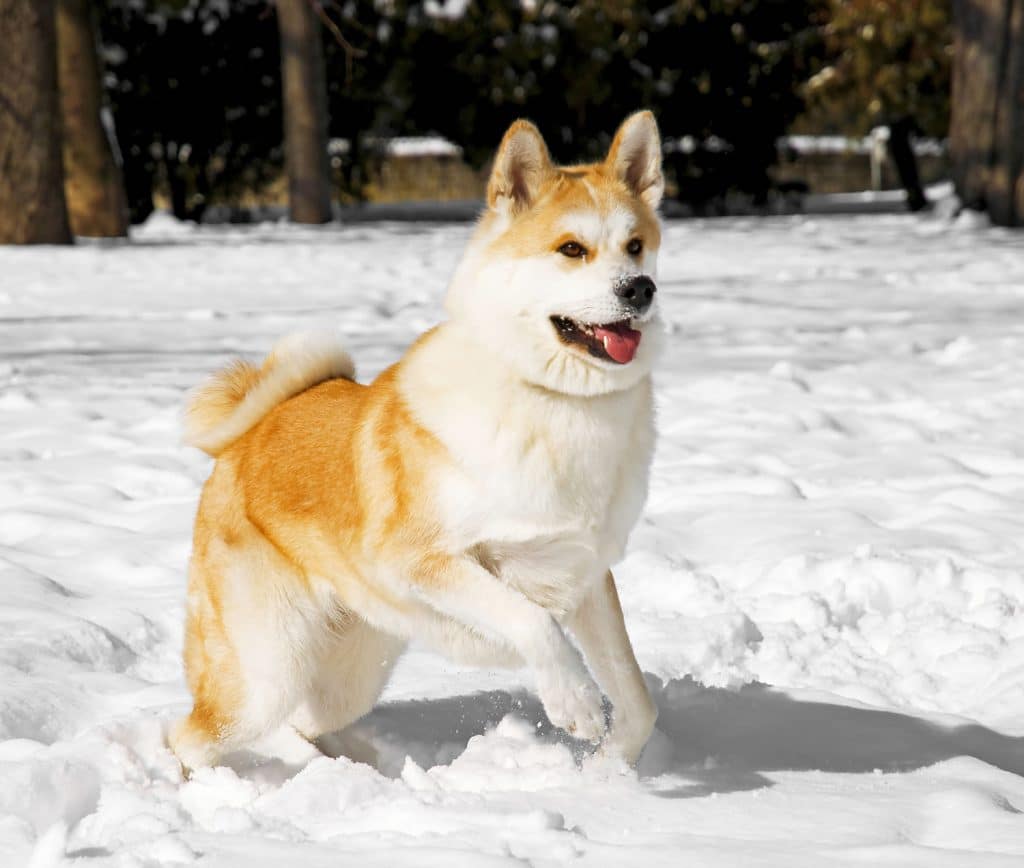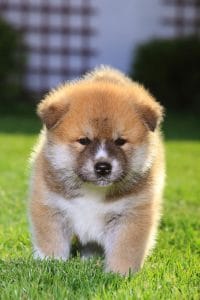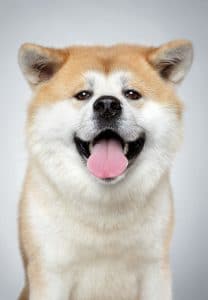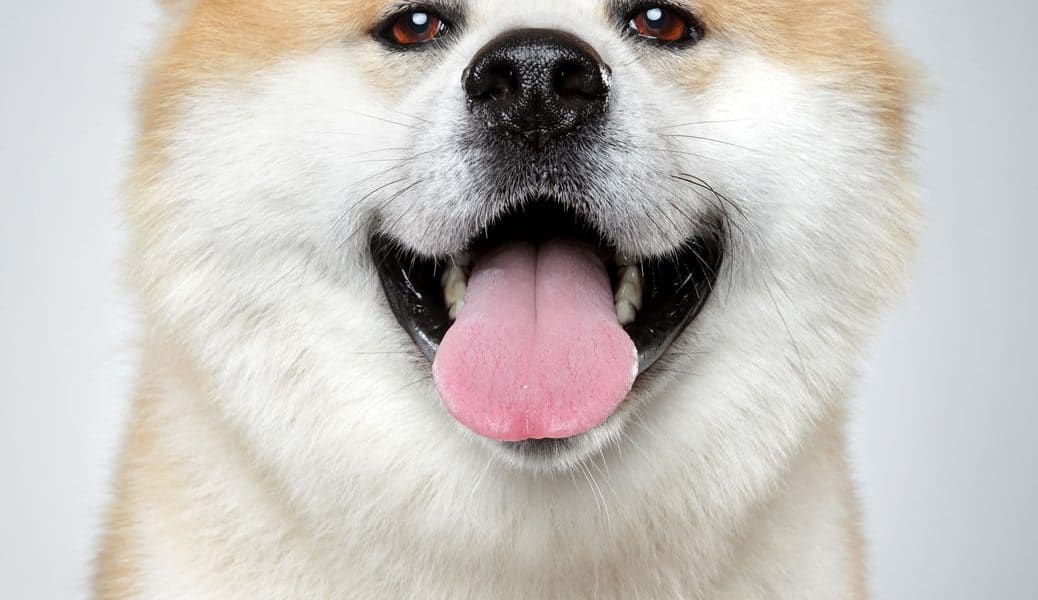Akitas originate from the northeast region of the Japanese island Honshu. The ancestors of the modern Akita, the Matagi dogs, flourished in this area centuries ago. The Matagi were hunting dogs that fed themselves on large game like elk, boar, and antelope. Recent dating efforts show that these dogs are one of the oldest breeds. The breed was also considered to be a wonderful guard dog, so Japanese mothers would often leave their children in their care.

The Akita population dwindled during World War II. Much of this was caused by a lack of food, although the efforts to capture them to use their coats for warm clothing didn’t help. After the war, the soldiers occupying Japan became fond of the breed and brought them back home with them.
As the breed spread throughout the world, changes in their appearance began to take place. Larger, heavier types of Akitas began to be bred, which would later become known as the American Akita. The Akita Inu (Japanese Akita), however, was bred to preserve their historical size and colours.

There are now different breed standards for the Akita Inu and the American Akita, in Japan and other countries these are considered to be completely different breeds but in the USA and Canada they are considered to be one breed of different types. American Akitas are larger and heavier than Akita Inu and also have slightly different facial features. It wouldn’t be very good of us to write some Akita breed information without telling you what they look like, would it? Here goes…
Akita Inu measure from 60 to 66 centimetres at the withers and weigh in between 34 and 54 kilograms. They have broad, full muzzles and a small furrow in their foreheads. Their ears are quite small when compared to the rest of their body and stand up straight. The Akita’s body is strong and broad, with a large chest and a long, curled tail. American Akitas measure from 61 to 71 centimetres and weigh between 34 and 54 kilograms. The muzzle of an American Akita is broader and shorter than the Akita Inu and the stop (where the muzzle meets the forehead) is more defined. A black mask is allowed in the American standard but not the Akita Inu.
This breed is double-coated. The under coat is short, dense, and soft, while the upper is longer and rougher. It is acceptable for an American Akita to have a coat of any colour, but an Akita Inu may only be pure white, fawn, red, sesame or brindle. This breed sheds heavily and requires very regular grooming.

Akitas are renowned for their loyalty. One story tells of an Akita who came back to the same railway station every day to wait for his master, even though the man had died at work. This loyalty makes them excellent guard dogs and beloved family pets.
This breed does have a tendency to become spontaneous at times. As such, it is very important for the entire family to maintain an alpha dog mentality around this breed. An Akita who is allowed to run the house may become aggressive. Chances are that he’ll come to the conclusion that he should be the one who eats first, making him very possessive of his food. If children in the family are able to be dominant over their Akita, they’ll find in him a wonderful and affectionate pet. If they decide to tease or harass him, however, they might find themselves looking at a pair of angry jaws.
Akitas tend to have problems with their knees. Hip dysplasia is also not uncommon with this breed. They may suffer from thyroid conditions, as well as skin and eye problems. The average life expectancy for this breed is between 10 and 12 years.
These dogs love to be around people, but they are equally happy when left alone in a nice, big yard. Of course, if you like your yard in one piece (instead of dug up in a thousand different places) make sure to provide your Akita with a daily walk to give him some extra stimulation. This is also a breed that requires socialisation from a young age. If given proper training and exposure to other dogs, they will get along well with nearly everyone. If not socialised, they may become aggressive.


